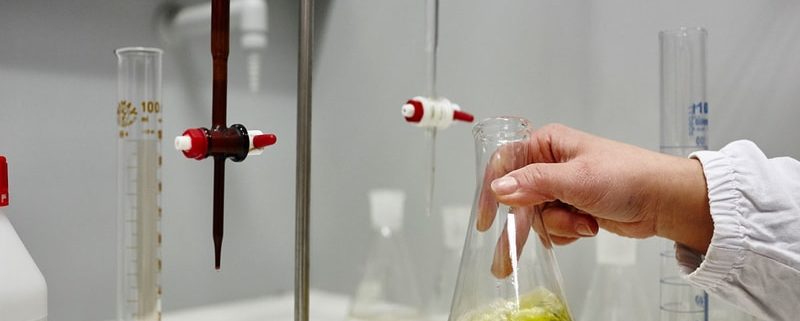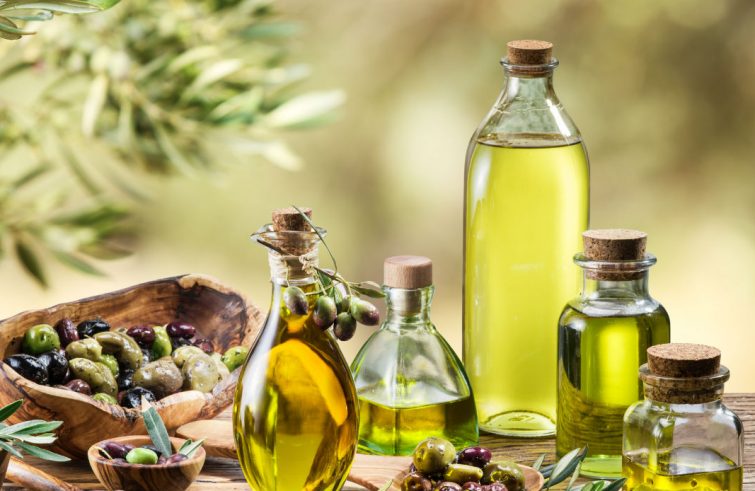16.10.2019
What is the best olive oil on the market? A survey in 2019 has examined 30 brands of extra virgin olive oil commonly sold at the Italian supermarket (organic and non-organic) and has compiled an interesting list: 22 products passed the exam.
One of the most beneficial food products for our health, olive oil, has quality often undermined by threats such as the widespread use of insecticides in olive groves or the price war, but constant monitoring allows us to purchase excellent products.
This is why; first, it is necessary to be wary of low cost offers and rather to look at the cost per liter and the label:
– The European origin (can be indicated the State from which the product arrives or, even more generically, Union) says that a member country produces the olive oil. The indication of origin refers to the area in which the olives were harvested and where the oil mill where the oil was extracted is located.
– The classification, the name, the producer, the volume and the expiry date are fundamental elements to take into consideration (the bottling date or the harvest year, on the other hand, are optional specifications).

RESULTS OF ANALYSIS
In the analyzes the chemical and taste tests of the panel of tasters evaluated parameters such as:
• Acidity, which tends to increase especially if the olives from which the oil was obtained were not in perfect condition
• Number of peroxides, i.e. the state of oxidation of the oil
• Spectrophotometric analysis in the UV, which evaluates the absorption of ultraviolet rays and provides useful information on the state of preservation of the oil
• Level of alkyl ethyl esters of fatty acids, to assess the quality of the starting olives
• Organoleptic assessment, conducted by a panel of expert tasters to verify the conformity of the products to the characteristics of extra virgin olive oil
• Chemical analyzes conducted and envisaged by European legislation to check that the extra virgin olive oil has not been counterfeited, namely that is mixed with different oils or refined olive oils.
The oils judged not to be high (“low quality”) are eight, due to the failure to pass the sensory test, even if the chemical analyzes, unlike the past tests, have excluded any type of fraud.

STORAGE INSTRUCTIONS
Once you buy a good oil, remember that it must be stored correctly. Indeed, exposure to air, light and heat are its enemies and olive oil is easily subject to oxidation.
We need to remember to:
• Store the oil in a cool, dry place, away from light and heat sources
• Prefer stainless steel (classic milk) or dark glass containers and to use transparent oil bottles for the quotidian cooking
• Always close the bottle to prevent air contamination.

